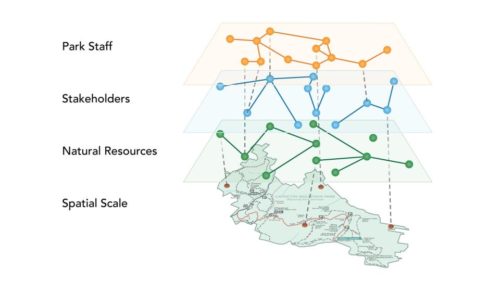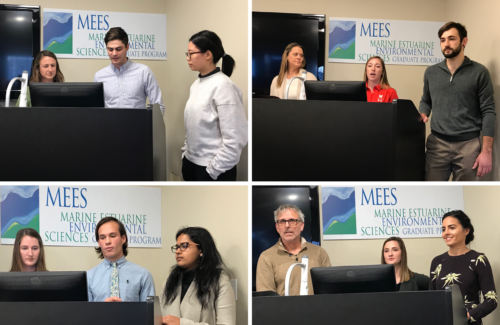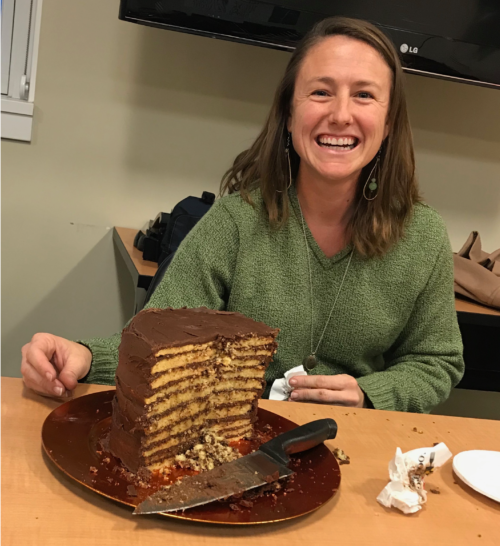Final challenge: Environment and Society
Katie May Laumann ·After a semester of exploring five approaches to the study of environment and society (ecological, anthropological, political, sociological, economic, etc.), students were faced with one final challenge. They were to develop proposals to integrate cultural and natural resource management in the National Capital Region (NCR) National Parks. Working in four collaborative groups, students identified challenges and solutions to integrated management. They presented their proposals to a team that is actively developing methods for combined natural and cultural resource management: IAN staff and representatives from the natural and cultural resources arms of the NCR National Park Service.

Here are some of the take-home messages from the student presentations:
Many stakeholders view parks as protecting wilderness. Parks are actually, however, "culturally designed wildernesses" that exemplify the link between natural and cultural/human systems. This must be recognized in parks management: threats should not be identified as threats to just natural or just cultural resources. What threatens one also threatens the other. For example, urban growth in areas adjacent to parks reduces air and water quality within parks and changes historic views. Threats to park resources may also impact stakeholders. For example, increasing deer density reduces understory and increases the threat of Lyme disease to park visitors.

Stakeholders were identified as an asset in integrating natural and cultural resource management. Two methods for including stakeholders in management were identified: Social Network Analysis (SNA) and Cultural Consensus Modeling (CCM). SNA allows for the identification and "mapping" of stakeholders (see figure), while CCM helps identify themes and values important among stakeholder groups. Identifying stakeholders and their values can provide the NPS with guidance for management. In addition to contributing to the development of management strategies, stakeholders should be allowed to participate in ongoing parks management. Suggestions for stakeholder involvement in management included holding public hearings, involving stakeholders in citizen science, and developing a photo log of park structures to detect patterns of use.

IAN and NCR NPS staff enjoyed student presentations, and will consider them as they continue their work to integrate cultural and natural resource management. They provided feedback on student presentations and took part in a lively discussion with students while enjoying refreshments including a Smith Island Cake (seen in the photograph).

About the author
Katie May Laumann

Katie May earned a PhD in Marine Science (Virginia Institute of Marine Science) and an MA in Conservation Biology (Columbia University). Her research experience includes sturgeon phylogenetics and seafood sustainability. Before IAN, Katie May worked as a science outreach educator in Maine. She has also worked in fisheries management, sustainability certification, and grant writing. Katie May enjoys traveling and hiking. Her favorite hiking experiences include summiting Huayna Picchu in Peru and watching the sunrise from Mount Fuji. She lives in Shady Side with her husband and Berlioz, the best cat in the world.

